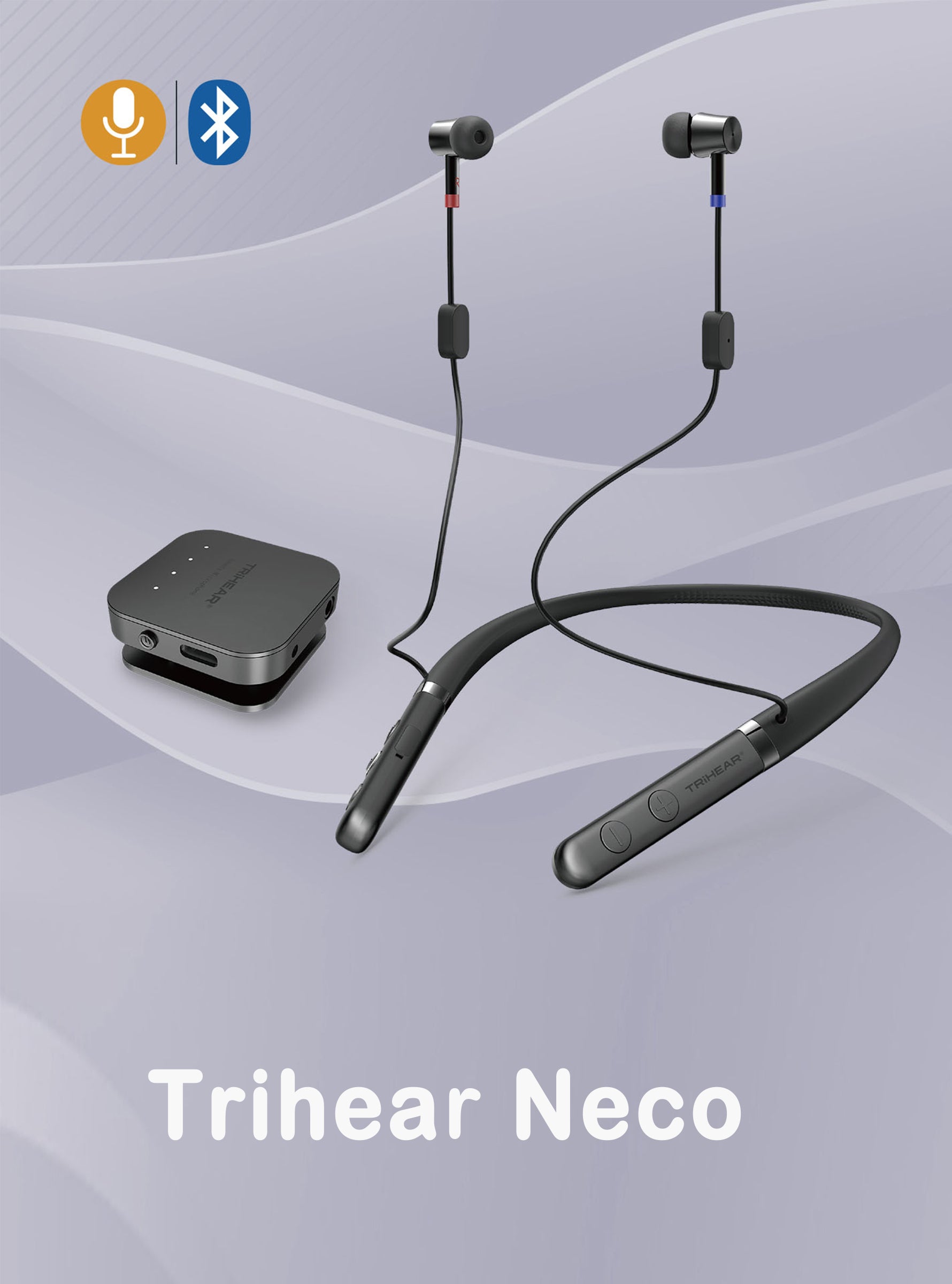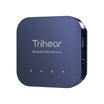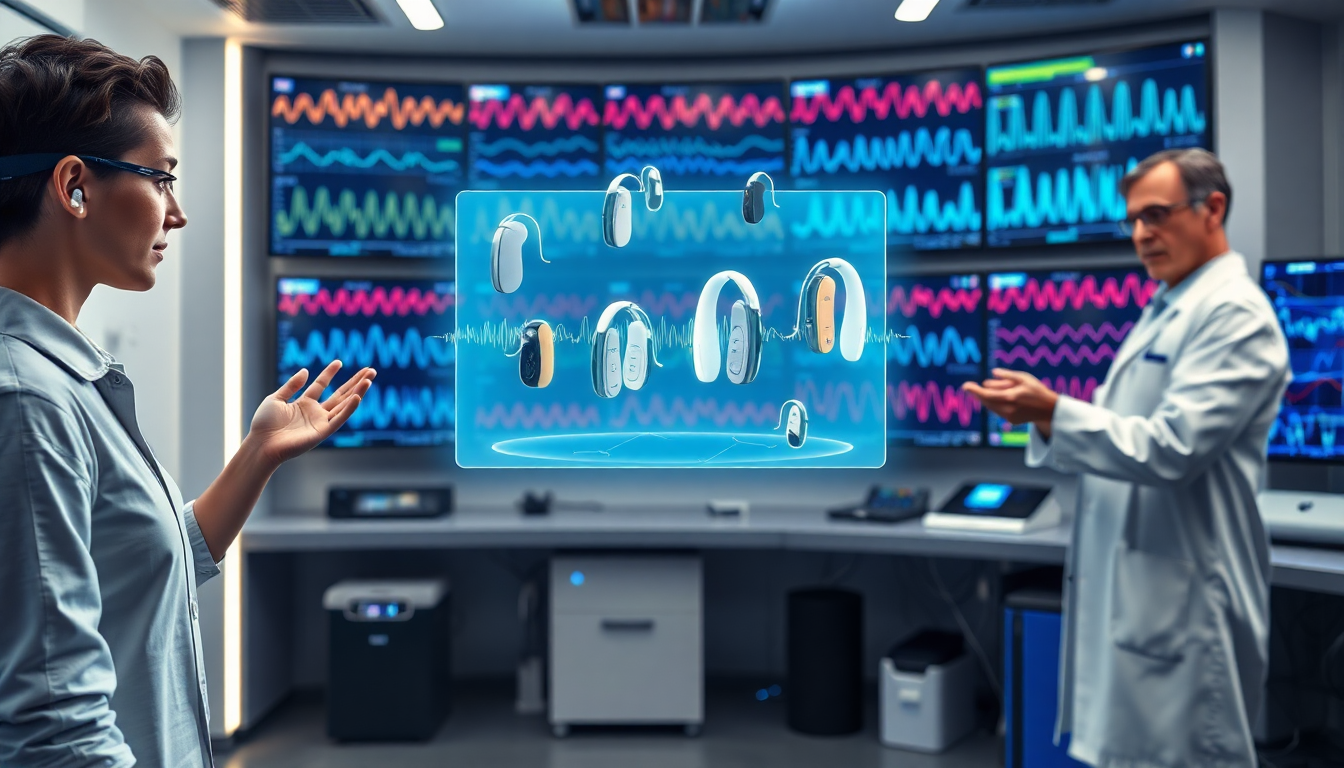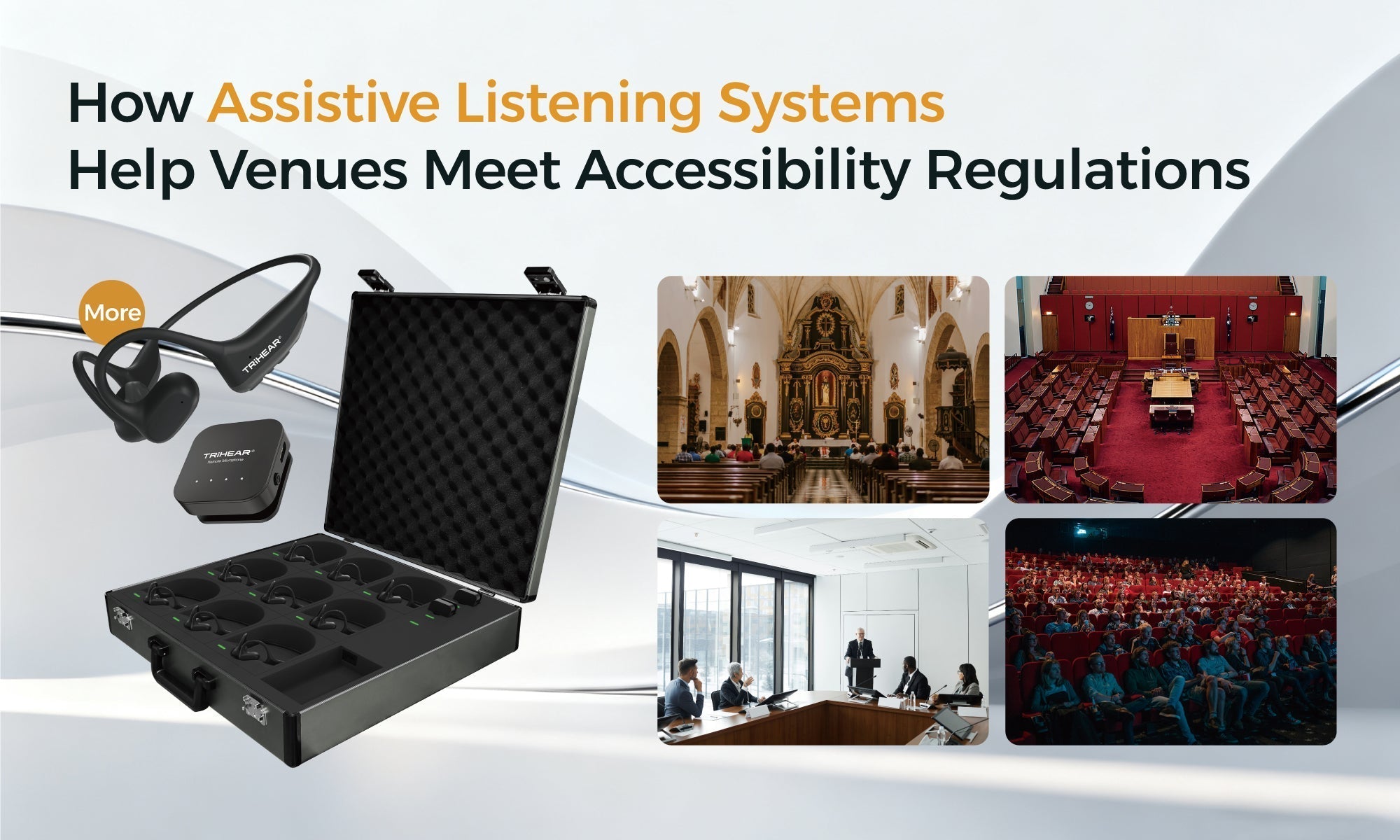Hearing loss is a widespread issue that affects millions of people worldwide, making it harder for them to engage in daily activities like conversations, work, and entertainment. However, advances in hearing technology have made it easier for those with hearing loss to live more comfortably and stay connected to the world around them. In this blog, we will explore the role of hearing aids, Assistive Listening Devices (ALDs), and Assistive Listening Systems (ALSs) in hearing health, and how they can improve quality of life.
Hearing Aids: Personalized Amplification for Everyday Life
Hearing aids are the most well-known and widely used devices for addressing hearing loss. They are customizable devices that amplify sound and help users better understand speech, especially in noisy environments. Modern hearing aids come with advanced features like directional microphones, digital noise reduction, and Bluetooth connectivity, enabling users to adapt their hearing experience to different environments.
These devices are fitted by hearing healthcare professionals to meet the specific needs of individuals, based on their degree of hearing loss. Whether it's a Receiver In Canal(RIC), a behind-the-ear (BTE) model or an in-the-ear (ITE) type, hearing aids are designed to provide clear and natural sound for users with mild to profound hearing loss.
Assistive Listening Devices (ALDs): Enhancing Personal Hearing
Assistive Listening Devices (ALDs) are tools that can be used in tandem with or independent of hearing aids to improve communication in specific situations. ALDs are particularly useful in environments with a lot of background noise, such as restaurants or family gatherings, or when listening to devices like televisions or smartphones.
One type of ALD, which differs from traditional Personal Sound Amplification Products (PSAPs), is Trihear Convo. Unlike basic PSAPs, which amplify all sounds indiscriminately, Trihear Convo is equipped with digital noise reduction and Wide Dynamic Range Compression (WDRC), making it more effective in noisy environments. The device selectively enhances speech and reduces background noise, providing a clearer listening experience. With a High Frequency Average (HFA) full-on gain of 50dB, Trihear Convo covers a range from mild to severe hearing loss, offering tailored amplification for those who need it.
This makes Trihear Convo an effective solution for individuals looking for enhanced hearing support without the full complexity or cost of traditional hearing aids.
![]()
Learn More About Trihear Convo
Assistive Listening Systems (ALSs): Amplifying Sound in Public Spaces
While hearing aids and ALDs focus on individual needs, Assistive Listening Systems (ALSs) are designed for larger public spaces, such as conference rooms, theaters, and places of worship. ALSs amplify sound in these environments, ensuring that people with hearing loss can participate fully in public gatherings and events.
ALSs typically consist of a microphone that captures sound, a transmitter that sends the audio signal wirelessly, and receivers worn by individuals with hearing loss. Some common types of ALSs include FM systems, infrared systems, and induction loop systems.
For example, Trihear LiberMore is an advanced ALS that offers crystal-clear audio transmission in public venues, allowing individuals with hearing loss to experience sound as naturally as possible, even in challenging environments.

Learn More About Trihear LiberMore
How to Choose the Right Device
Choosing the right hearing device—whether it's a hearing aid, an ALD, or an ALS—depends on the individual's specific hearing needs and lifestyle. A hearing healthcare professional can assess the degree of hearing loss, identify the situations where hearing support is most needed, and recommend the most suitable device.
It's important to remember that no single device fits all needs. Some individuals may benefit from a combination of hearing aids for daily use and an ALD like Trihear Convo for additional support in specific environments.
Conclusion
The advancements in hearing aids, Assistive Listening Devices (ALDs), and Assistive Listening Systems (ALSs) have revolutionized the way individuals with hearing loss can engage with the world. These technologies are not just about amplifying sound—they are about improving communication, boosting confidence, and enhancing quality of life. By exploring different options and consulting with professionals, individuals with hearing loss can find solutions that allow them to stay connected to the people and experiences that matter most.
















